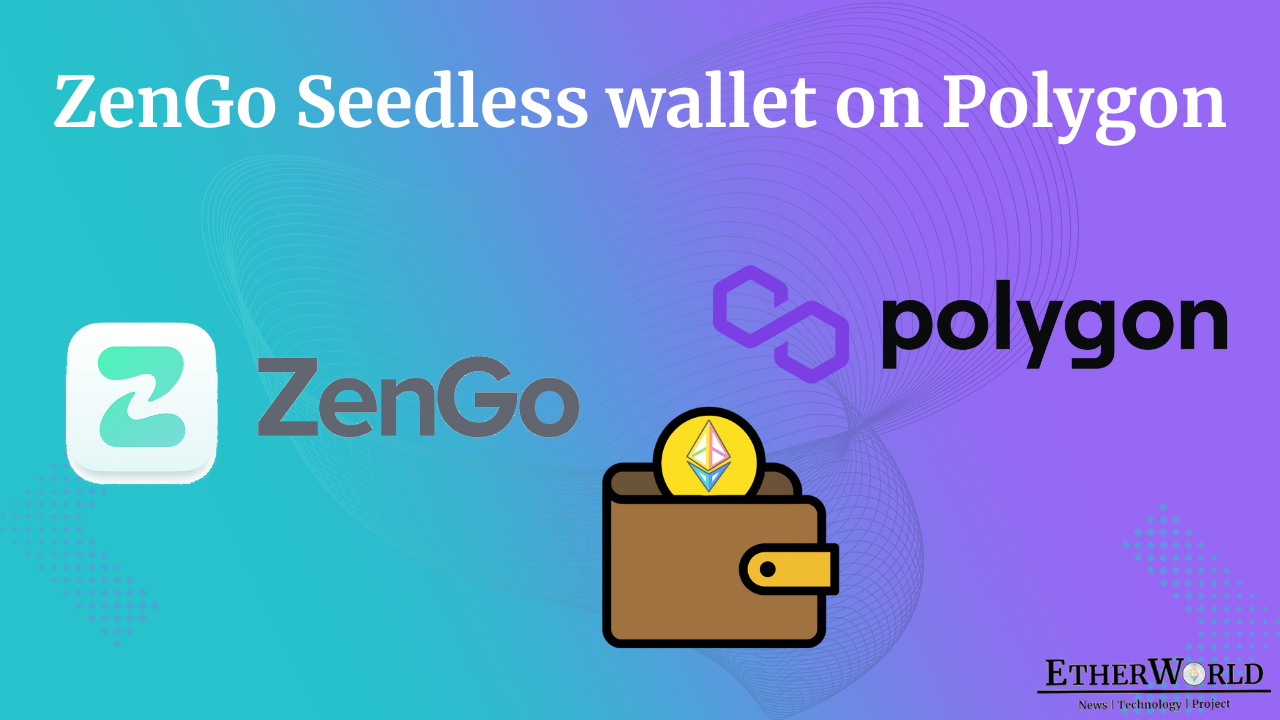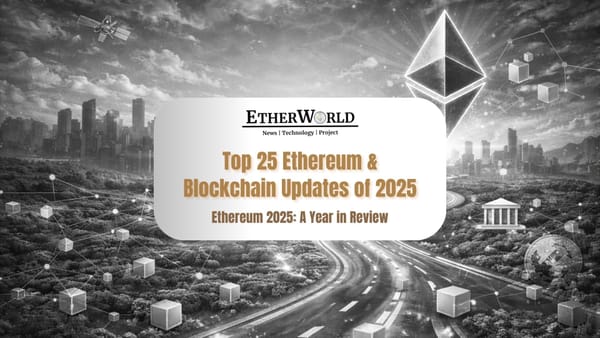Most custodial wallets ask you to write down a recovery seed(Private key) when you set up the wallet for the first time, these Private Keys are held by a third-party service provider, known as a “custodian.” Through this the custodian is responsible for securing a crypto’s private keys and protecting them from theft or loss, which means that the users have no direct control over their own wallets.
For the security of these recovery seeds it requires expertise and can be a labor-intensive and costly process. If any mistakes are made, than the security of the users wallet can be comprimised, as the seed can be used to clone the wallet.
To offer a wallet with no seed phrase vulnerability and intuitive wallet solutions which meets the growing user demand, non-custodial wallet provider ZenGo has integrated its wallet solution with Polygon.
Seed V/S Seedless Wallet
Seed Wallet
Conventional/Seed wallets use a seed phrase and a hierarchical deterministic (HD) structure to derive private keys, their public keys and on-chain addresses. A seed phrase, is a series of words that grants access to your cryptocurrency wallet working like a master password, so you can recover your crypto assets even if you lose your password, phone or hardware device.
Seedless Wallet
The new ZenGo Seedless wallet is made up of MPC(Multi-party computation) which enables a set of parties who do not trust each other to jointly compute a function over their inputs while keeping those inputs private. This is particularly useed to preserve the private key used to decrypt data or generate digital signatures.
Need for Seedless Wallet
-
While the industry has made a tremendous efforts to educate users about the importance of keeping seed phrases and keys secure. This single point of failure remains a significant hindrance to wider adoption of these sees wallets.
-
Besides losing all their assets if their private keys are lost, users have to manually keep track of multiple addresses, token approvals, and compromise privacy from having to fund fresh addresses for gas.
-
Security, Recoverability, Cost, Privacy, UX & Flexibility is all that matters when using wallets.
MPC Wallets
MPC(Multi-party computation) wallets removes the single point of failure by using a Threshold Signature Scheme (TSS). It creates and distribute shares of a private key such that no one single person or machine controls the private key entirely, this process is called Distributed Key Generation (DKG).Then jointly generate a public key by combining the shares without revealing shares between the parties.
Each party inputs its secret share along with a public input, generating a digital signature to sign messages and transactions, . From there, anyone with knowledge of the public key should be able to verify and validate the signatures. Since the key shares are combined and the signature is generated off-chain, a transaction generated from an MPC wallet is indistinguishable from that of a conventional private key wallet.
MPC wallets gives users a degree of privacy. Organizations wanting to keep their signing schemes and signer activity out of the public eye(i.e private), this feature comes out of the box as these processes occur off-chain.
Private Key Rotation is another MPC protocol that takes the secret shares as input, and outputs a new set of secret shares. Old secret shares can be deleted and replaced with new ones that can be used in the same way without changing the corresponding public key and address.
In ZenGo’s case, half of the password is stored on a user’s device, with the other half stored on ZenGo’s servers.
Conclusion
The incentive to gain access to private keys is so large that every hackers dedicate limitless resources to perform increasingly creative attacks. Relying on user opsec is no longer enough, we need to remove this single point of failure entirely.
And it is possible through, ZenGo Seedless wallet as it employs multiple security measures that reduce the complications of securely accessing a wallet and safely using it to transact, including ClearSign, which acts as a transaction firewall to help users safely navigate blockchain transactions.
References
- Understanding the concept of Private Key, Public Key and Address in Ethereum Blockchain
- Polygon: Now on ZenGo! Plus free MATIC
Related Videos
- TWAMM: Time-Weighted Average Market Maker
- MobyMask: An Initiative to Eliminate Phishers
- Fractional NFTs: EIP-4675 using EIP-1155 & EIP-1633
Related Articles
- Transient Storage for Beginners: EIP-1153 Explained
- How Layer 3 in Future will look like?
- An Overview of Beacon Chain API
Disclaimer: The information contained on this web page is for education purposes only. Readers are suggested to conduct their own research, review, analyze and verify the content before relying on them.
To publish press releases, project updates and guest posts with us, please email at contact@etherworld.co.
Subscribe to EtherWorld YouTube channel for ELI5 content.
Support us at Gitcoin
You've something to share with the blockchain community, join us on Discord!







